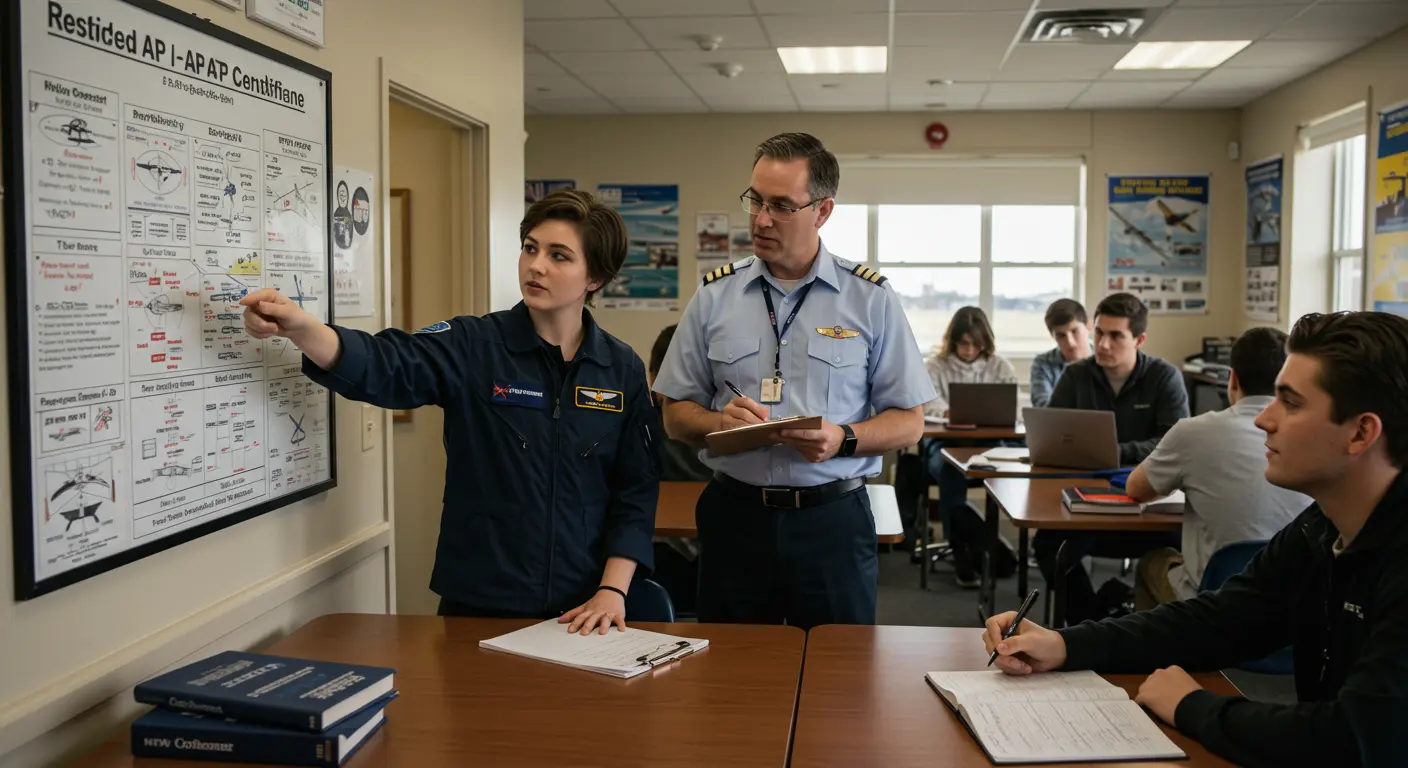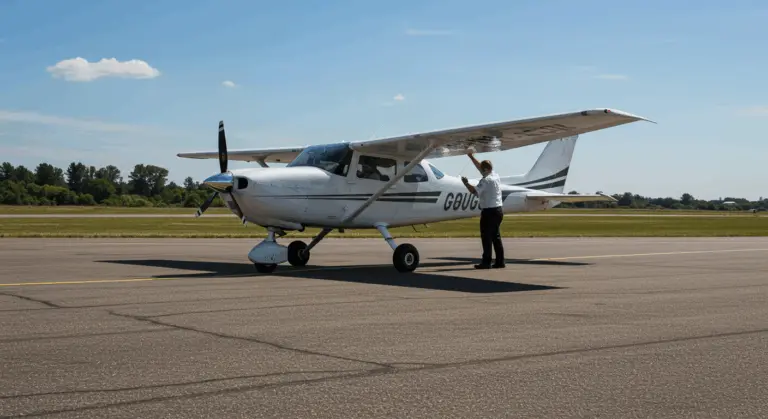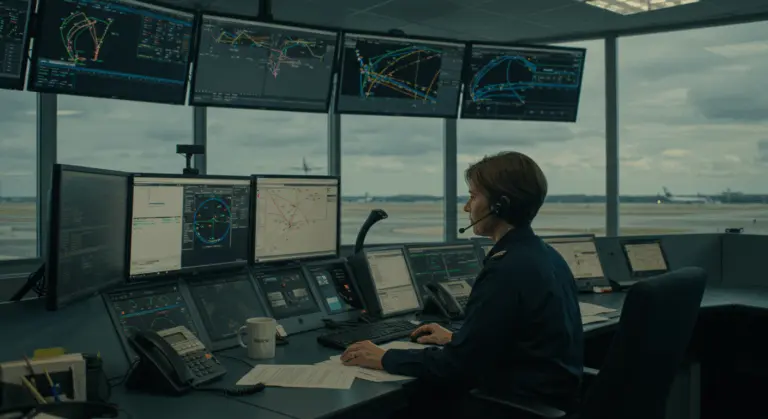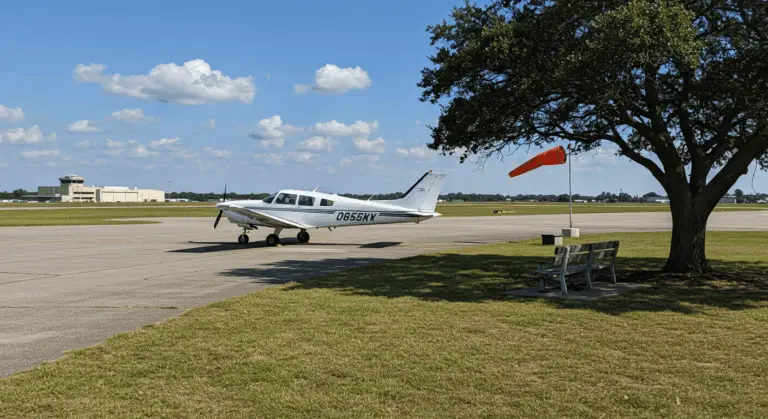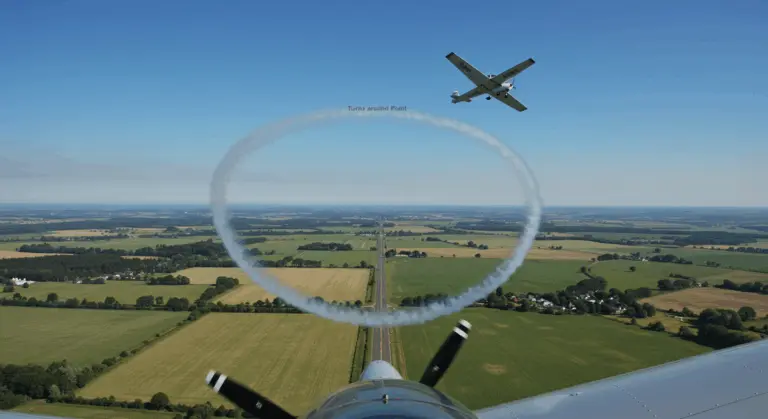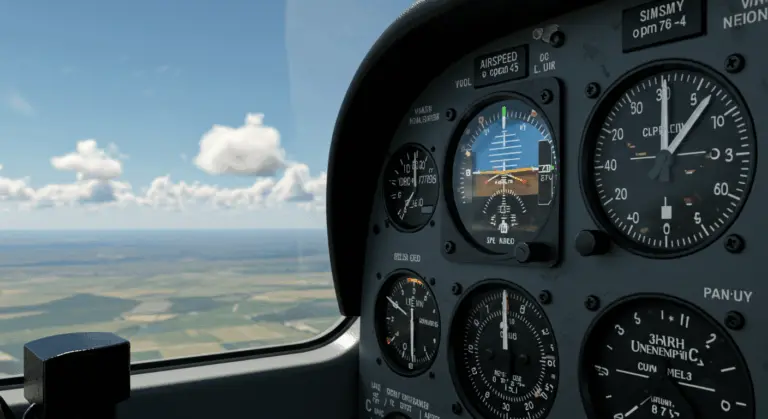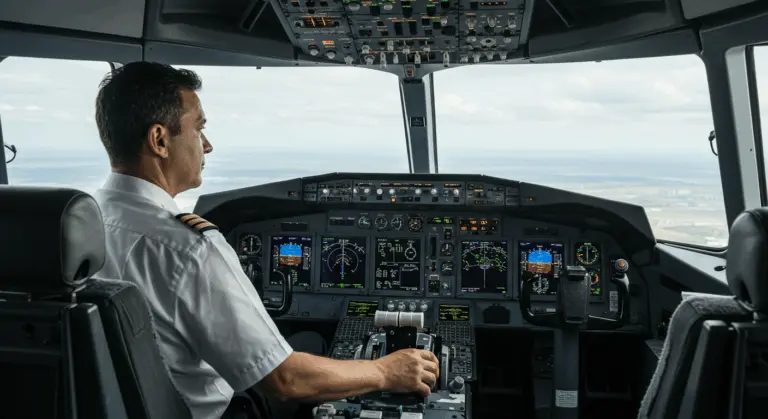Understanding the Restricted ATP Certificate – Requirements and Limitations
What is a Restricted ATP Certificate?
The Restricted Airline Transport Pilot (R-ATP) certificate represents the FAA’s practical response to a complex industry challenge. It enables qualified pilots to begin their airline careers as first officers before accumulating the full 1,500 hours typically required for an ATP certificate. This pathway connects between training and professional aviation while upholding rigorous safety standards.
While the R-ATP opens doors early in a pilot’s career, it comes with clear boundaries. Holders are restricted to copilot duties and cannot assume Pilot-in-Command responsibilities on flights requiring an ATP-certified captain. It functions as supervised experience, letting pilots launch their airline careers while systematically building toward full certification.
Federal Aviation Regulations 61.159 and 61.160 provide the regulatory framework for this certificate. These regulations establish a structured advancement process, ensuring pilots gain essential experience under the watchful guidance of seasoned captains.
Requirements for Obtaining a Restricted ATP Certificate
The R-ATP’s primary benefit lies in its age requirement: candidates need only be 21 years old, a full two years younger than the standard ATP minimum of 23. This seemingly modest difference can significantly speed up a pilot’s career trajectory.
Prior to taking the ATP knowledge exam, candidates must successfully complete the rigorous Airline Transport Pilot Certification Training Program (ATP-CTP)—a prerequisite that ensures thorough preparation.
The certification process demands both theoretical mastery and practical skill. Applicants must pass the ATP knowledge exam and demonstrate their abilities through a comprehensive practical test. Many candidates benefit from graduating from FAA-approved aviation programs, which can significantly reduce the standard 1,500-hour flight time requirement.
Flight Hour Requirements for R-ATP
The R-ATP offers significantly reduced flight hour requirements. Rather than the standard 1,500-hour requirement, the R-ATP offers tiered minimums that reward quality education and training from FAA-approved institutions.
-
1,000 hours: For graduates of an approved bachelor’s degree program with at least 60 credit hours of aviation coursework.
-
1,250 hours: For graduates of an approved associate degree program or a bachelor’s program with 30-59 credit hours of aviation coursework.
-
750 hours: For military pilots with qualifying experience.
Each pathway also has specific cross-country, night, and instrument time requirements that must be met.
To qualify for these reduced hour requirements, you need An R-ATP Certifying Statement from your educational institution. This crucial document serves as official verification of your approved coursework completion and is absolutely essential for your FAA application.
Limitations of the Restricted ATP Certificate
-
Pilot-in-Command (PIC) Restriction: Holders can only serve as a First Officer (copilot) and are prohibited from acting as PIC on operations requiring an ATP certificate, including Part 121 flights.
-
Career Progression: An upgrade to Captain is not possible until the pilot qualifies for a full, unrestricted ATP certificate by meeting the age and flight hour minimums.
-
Transition Requirements: The restrictions remain until the pilot reaches age 23 and accumulates 1,500 total flight hours.
These constraints reflect the FAA’s careful balance between safety imperatives and industry demands. For most pilots, the opportunity to begin their airline careers far outweighs these temporary limitations.
Eligibility Criteria for the Restricted ATP
Educational Pathways to R-ATP
The ATP-CTP Course: A Key Requirement
The ATP-CTP is a mandatory requirement for anyone pursuing ATP or R-ATP certification. Since its implementation on August 1, 2014, this comprehensive program has become the mandatory gateway to the ATP knowledge exam.
-
30 hours of ground instruction: Covers advanced topics like high-altitude operations, air carrier operations, professionalism, and crew resource management.
-
10 hours of simulator training: Includes 6 hours in a Level C or higher full-motion simulator and 4 hours in a flight training device (FTD) to practice skills in realistic scenarios.
Airlines, specialized training centers, and select universities offer this intensive program, with costs typically falling between $4,000 and $6,000. Beyond meeting regulatory requirements, the ATP-CTP prepares pilots from general aviation backgrounds into professionals ready for the sophisticated world of transport-category aircraft operations.
Transitioning from R-ATP to Full ATP Certification
The path from R-ATP to full certification is straightforward: reach age 23 and log 1,500 total flight hours. Most dedicated first officers achieve these milestones within just a few years of beginning their airline careers.
Once these requirements are met, pilots can petition the FAA to lift the restrictions. An advantage of this process is that It typically doesn’t require retaking either the ATP knowledge exam or the practical test.
A full ATP certificate opens the door to: eligibility for Pilot-in-Command duties and Captain positions. This advancement brings not only increased responsibility but also substantially higher compensation. Most airlines have established structured progression programs designed to support this critical career transition.
The R-ATP period provides valuable experience and an opportunity to develop the nuanced judgment and refined skills that distinguish exceptional captains. This advancement marks an important step in every pilot’s professional journey.

